Are you looking for the best way to get started with authentic B2B brand storytelling?
B2B brand storytelling is more important than ever, so it’s vital to create your own brand story that helps connect with your best customers and differentiates you from your competitors, you need to focus on creating value and being relatable but at the same time, not overtly selling.
But where do you start with B2B brand storytelling? And how will you know which story is going to be right for you?
Here at POP, we love, live and breathe good stories – it’s in our very nature! So, with that in mind, we’ve put together some of the best tips for creating natural and authentic brand storytelling for B2B.
1. Dig deep within your business
Sometimes the best stories aren’t always the obvious ones, and require a little digging.
Find the people within your company who might have a good story to tell from their own unique experiences doing what they do – maybe from their experiences in sales, marketing, managing an office, or dealing with your customers face-to-face.
In other words, don’t just ask who you consider to be key personnel; appeal to the people who have first-hand experience of market trends, observations, what your customers care about the most, and the role your company is playing right now in helping the market to evolve.
If you can, put the feelers out with some preliminary emails. Book some brainstorming sessions. Gather around a whiteboard, and take notes. Ask people the right questions, and you’ll often by surprised by the answers they’ll give you. See where this takes you, and hopefully you’ll have a choice of good starting points.
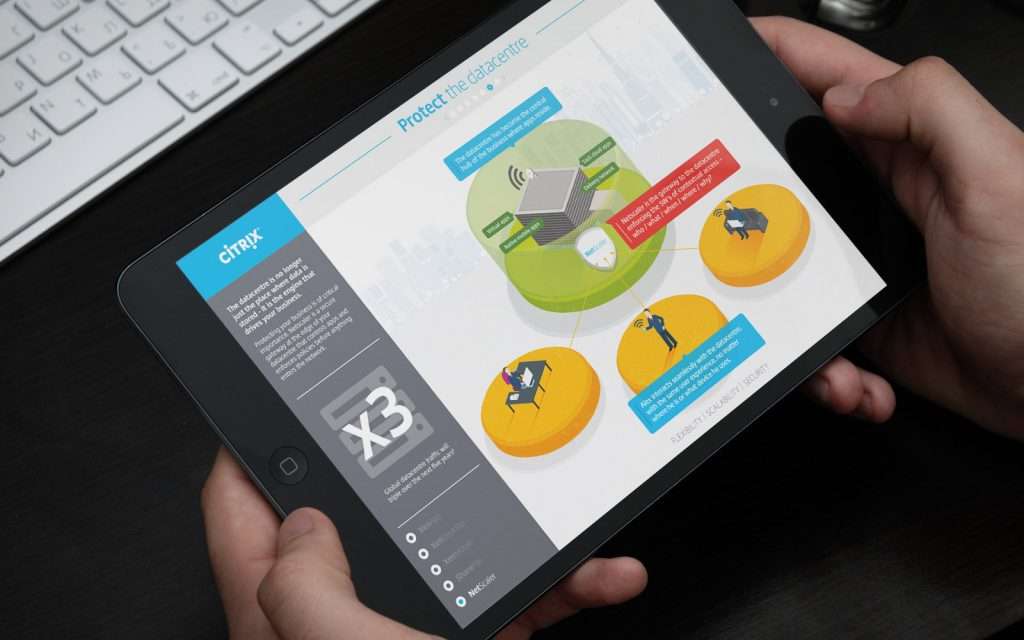
2. Look at all the angles
Once you’ve got some potential stories to work on, it’s time to carefully examine all the best angles.
Perhaps you’ve been presented with a story your finance team has worked on with mind-blowing results, or maybe someone’s told you a heart-warming tale of their own experiences dealing with some of your company processes. It could even be a particular customer journey and the problems that they’d be facing if they hadn’t come to you when they did.
Speak to them about the types of conversations they are having with their customers, especially with your sales team – what narrative are they using? How do they describe your solutions?
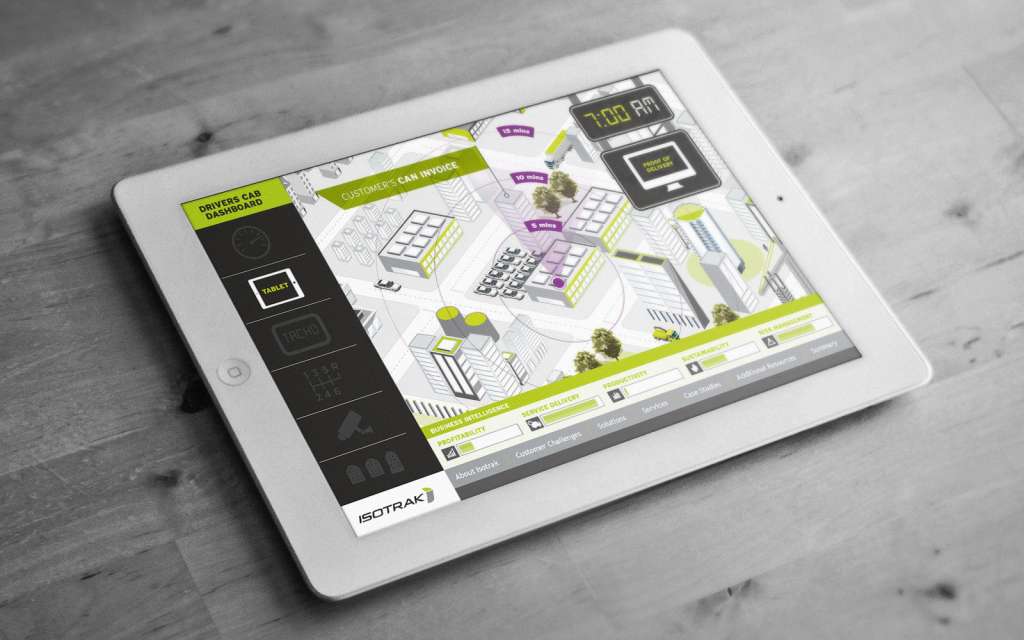
These are all good examples of authentic B2B brand storytelling, but which one you use will depend on the objectives you’re looking to meet, the channels you’re thinking about using, and – the biggest factor of all – your audience.
Which is why it’s important to take a step back, look at the bigger picture, and think about how it’s all going to fit together into a meaningful narrative – a bit like a storytelling jigsaw or a game of Tetris, where all the pieces need to fit perfectly (or as neatly as possible) to get your overall message across.
3. Pinpoint the best messages
Talking of your overall message, what is it? If you’re thinking of using multiple brand stories, can you connect them together with one overall consistent theme?
It’s time to sit down, and sort which stories you’re going to use, and how they fit together. Ask yourself, which of these stories is your audience going to connect with most? What’s the value they’re going to take away from reading/watching/interacting with this?
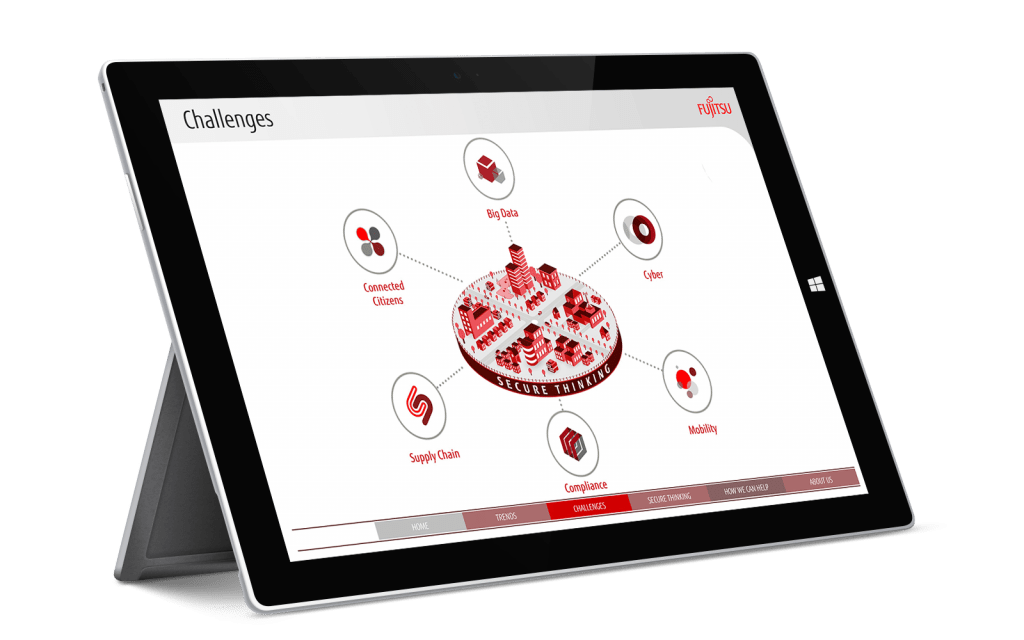
How do you want them to feel at the end of this story? Is it the right beginning, middle and end – or can it be tweaked to better highlight your message?
These are all important questions to ask yourself, whether you’re publishing a story on a blog, landing page, video – or as part of an interactive presentation or experience. Regardless of the medium, it’s important to narrow your story down and ensure it’s going to hit all the right buttons.
4. Align them with your audience
This is connected to point 3. but deserves a subheading of its own. You know why? Because the biggest mistake anyone can make is ignoring their audience.
Your customers are the reason you’re writing these stories in the first place. So, what do they want? What do they care about? How can you align your goals, your story, with what they want to hear from you?
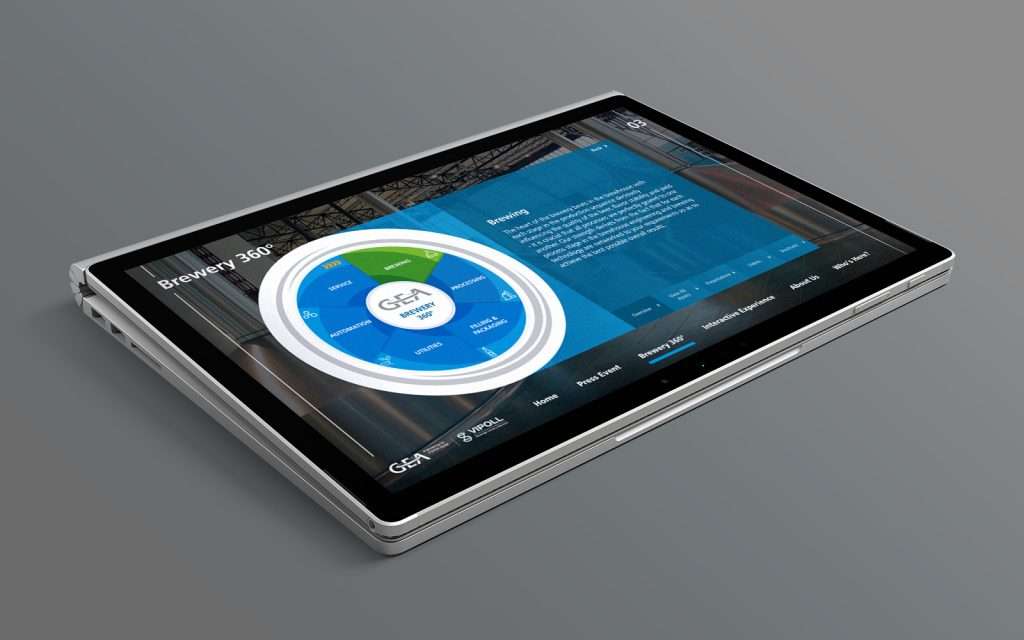
In simple terms, it’s not just how you want them to feel or how you can hit the right emotional buttons. It’s also about what they’re going to need from you based on their own goals and objectives. How can you factor in their biggest challenges, questions or concerns into your story?
If you can find the best way to achieve this, and give them a reason to engage and connect with you, you’re onto a winner.
5. Find the best way to tell your story
So, by now, you’ve hopefully got your story (or stories) and you’re excited to get them out there! But what’s the best way to tell them?
Maybe you’ve got an amazing writer who can whip up a compelling, emotional blog post or case study. Or, alternatively, you love the idea of making your story visual by putting together a video that tells your story in an engaging, entertaining or compelling way.
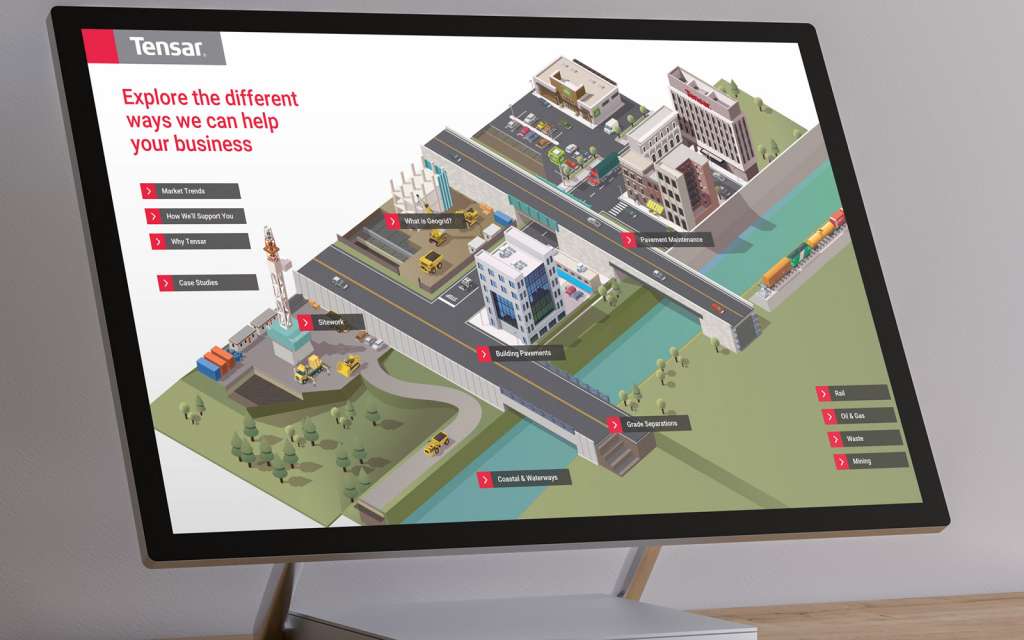
Perhaps you’d even like to use your authentic brand story as part of an all-singing, all-dancing interactive presentation to take into the boardroom, to perfectly demonstrate what your company’s all about and the impact your solutions have on clients.
TIP: Find out more about visual storytelling in presentations via our recent blog on the subject: Why Visual Storytelling Is Important for Sales Presentation?
Would a combination of some of the above be a bad thing? Doubtful. But, whatever you do, take the time to carefully consider the best platforms to tell your stories.
Advice from the storytelling experts
Once you’ve got your story, and you’ve used the best mediums to get it out there and hit the right note with your audience, don’t stop there. Your story can become so much more; a strong foundation to build future campaigns and strategies – or whatever you like.
What we’re trying to say it, don’t just think of authentic brand storytelling as a short-term strategy; it can keep on giving, and you can use it as the perfect starting point for making genuine and worthwhile connections with your customers.
Just make sure it’s meaningful, engaging and inspiring – whether that be inspiring action, thought, or education.
TIP: If you’d like to do more with brand storytelling for B2B by making your story visual and interactive, why not get in touch with an interactive design agency? They should be able to listen to what you’re trying to achieve, and give you a better idea of what’s possible.
Authentic brand storytelling for B2B is taking off
So, why not dig deep and find the stories that are hiding within your company? If you can find the best stories that also provide a way for your customers to learn what you’re about, whilst making that all-important emotional connection, it’ll pay dividends.
And if you can tell your story in a visual, fun way that’s easy for your customers to relate to, all the better.
Want to know more about creating powerful brand stories and putting them in a way that’s fun, engaging and interactive? Watch this video and see for yourself!
We’d love to hear from you. Get in touch today on +44 (0)117 329 1712 or hello@popcomms.com. We read and reply to every message we receive!
Related Posts
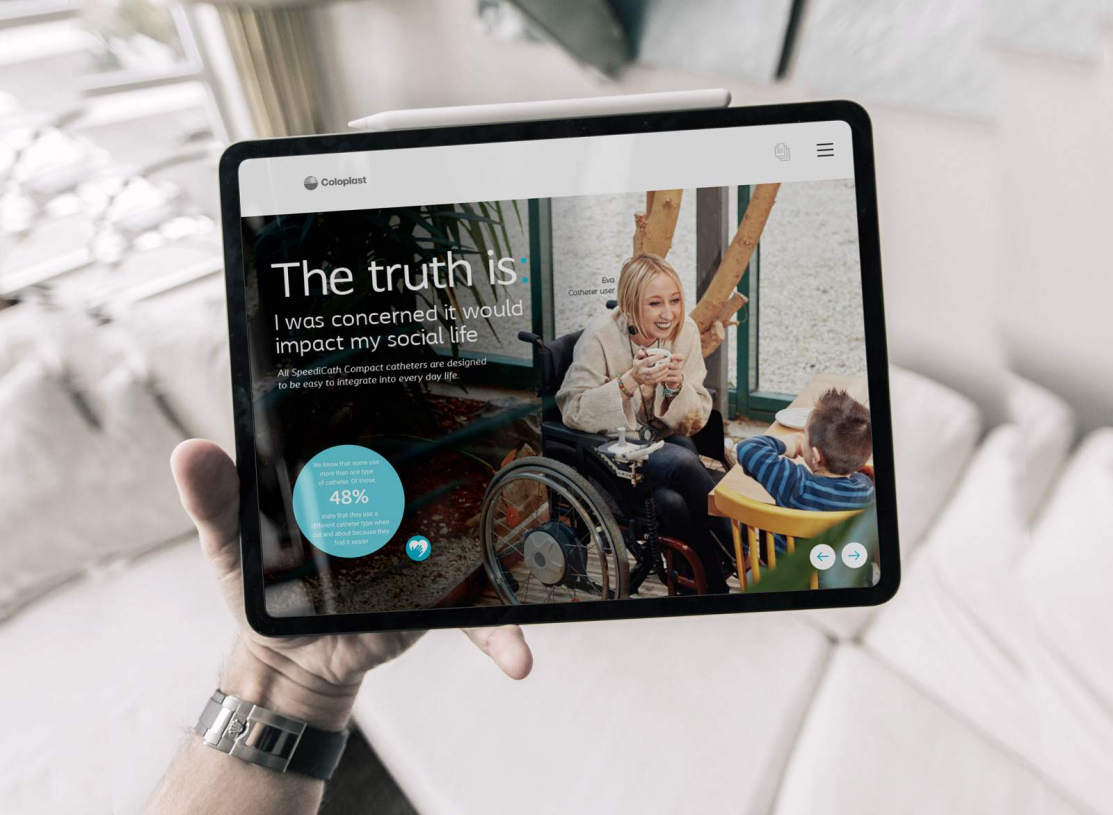
Harness the power of Digital Sales Experiences to revolutionize your customer sales.
Read
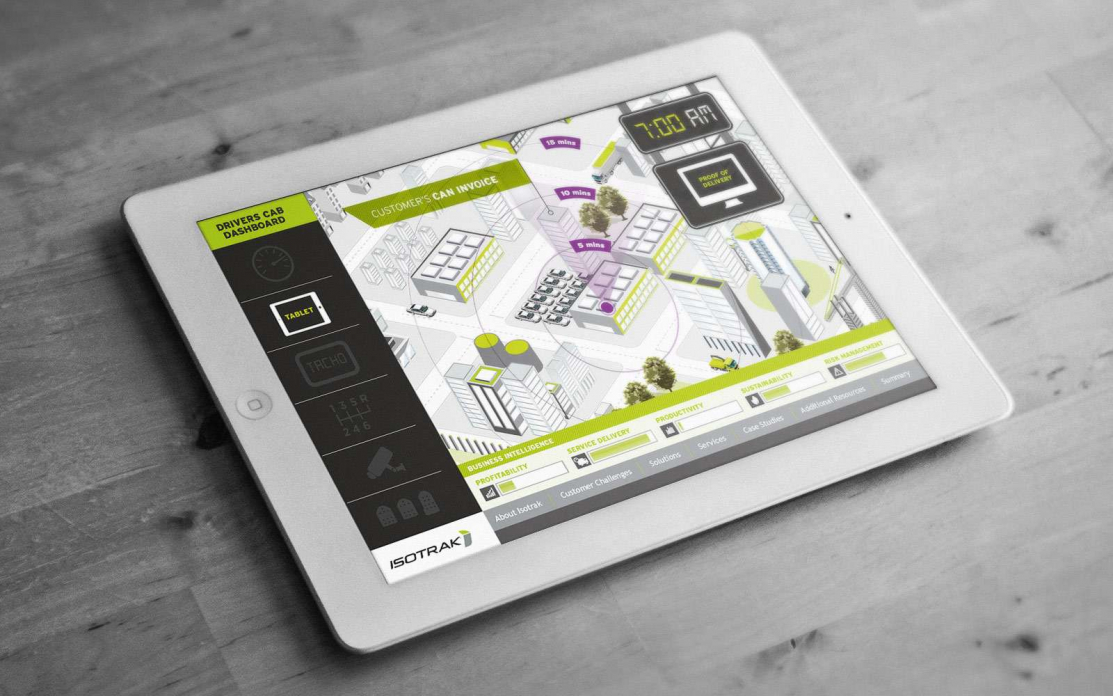
A Simple Visual Storytelling Technique to Bring your Presentations to Life
Read

10 Best Real-Life Examples of Interactive Touchscreen Experiences
Read
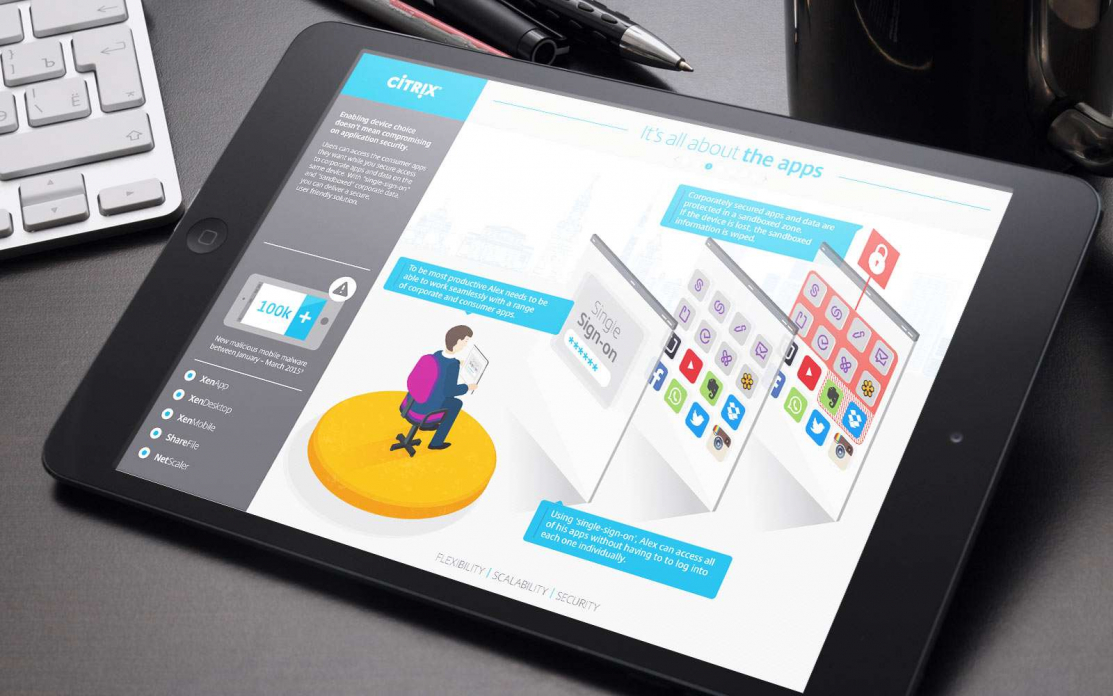
Which Types of Sales Enablement Content Should You Add to Your Toolkit?
Read